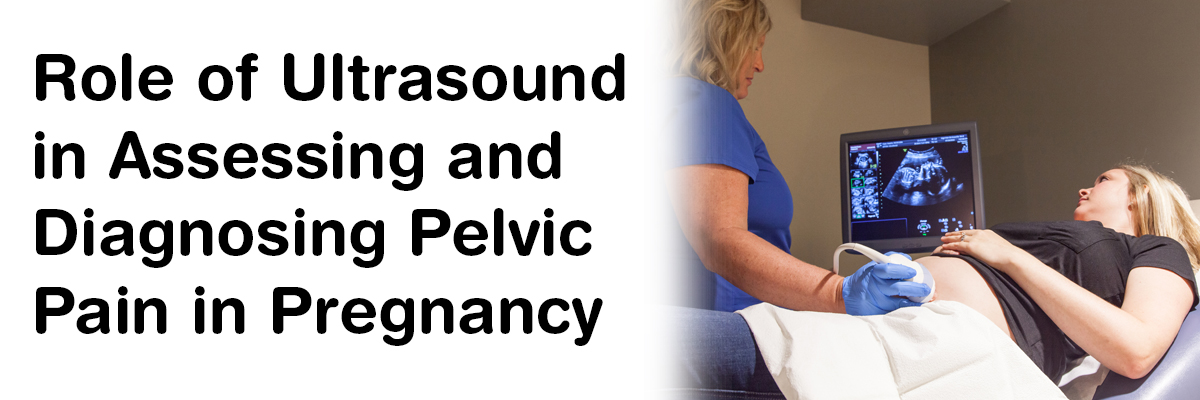
 IJCP Editorial Team
IJCP Editorial Team
Role of Ultrasound in Assessing and Diagnosing Pelvic Pain in Pregnancy
Pelvic pain (PP) is a common complaint among pregnant women, which may arise due to several diseases, including obstetrics, gynecological, gastrointestinal, genitourinary, and vascular disorders. Timely and accurate diagnosis and prompt treatment are essential for the well-being of the mother and fetus. However, these remain very challenging.
Physicians must acknowledge that the physiological changes during pregnancy may confuse the diagnosis. In this setting, ultrasound (US) should be used as the first-line imaging technique since it is readily and widely available and does not use ionizing radiation. In some cases, US may be conclusive for the diagnosis (e.g., if it detects no fetal cardiac activity in suspected spontaneous abortion; if it displays an extrauterine gestational sac in suspected ectopic pregnancy; or demonstrates a dilated, aperistaltic, and blind-ending tubular structure emerging from the cecum in suspicious of acute appendicitis). Magnetic resonance imaging (MRI) can overcome some limits of the US and represents the second-line imaging technique when the US is negative or inconclusive. It can help detect the cause of bowel obstruction or to illustrate adnexal masses.
Caruso M, Dell’Aversano Orabona G, Di Serafino M, Iacobellis F, Verde F, Grimaldi D, Sabatino V, Rinaldo C, Schillirò ML, Romano L. Role of Ultrasound in the Assessment and Differential Diagnosis of Pelvic Pain in Pregnancy. Diagnostics. 2022; 12(3):640. https://doi.org/10.3390/diagnostics12030640

IJCP Editorial Team
Comprising seasoned professionals and experts from the medical field, the IJCP editorial team is dedicated to delivering timely and accurate content and thriving to provide attention-grabbing information for the readers. What sets them apart are their diverse expertise, spanning academia, research, and clinical practice, and their dedication to upholding the highest standards of quality and integrity. With a wealth of experience and a commitment to excellence, the IJCP editorial team strives to provide valuable perspectives, the latest trends, and in-depth analyses across various medical domains, all in a way that keeps you interested and engaged.





















Please login to comment on this article